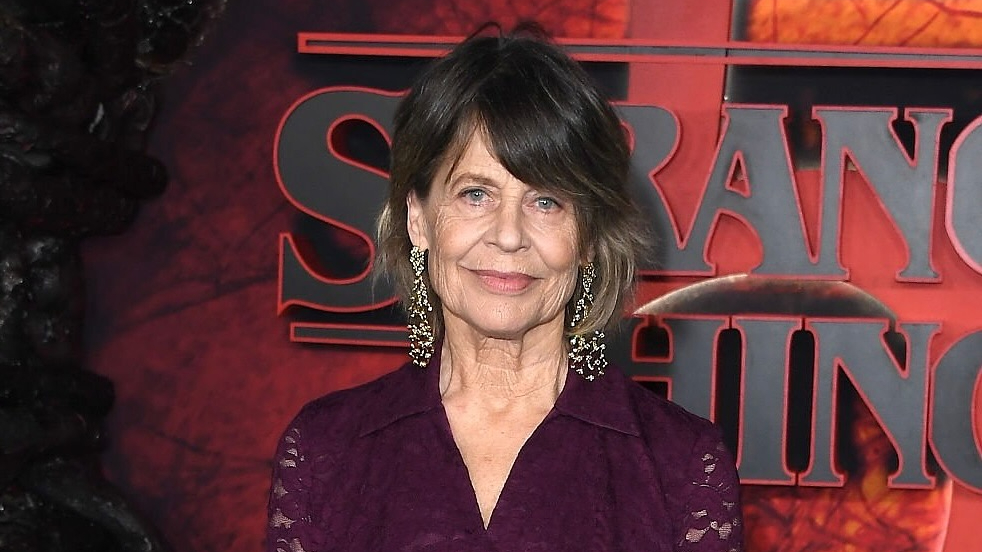Linda Hamilton Is Forcing Hollywood To Finally Admit Its Age Problem
Linda Hamilton’s latest spotlight moment has landed with a force that feels long overdue, shaking up a system that has spent decades pretending women stop existing after forty. Her presence is not nostalgic, it is disruptive, and it exposes a truth Hollywood has avoided for years. Women, especially those in the public eye, are scrutinised for aging in a way men never experience. The industry may pretend the era of impossible beauty standards is fading, yet every comeback from a mature actress reveals how deeply that expectation remains built into entertainment culture.
A Career Built On Strength And Relentless Reinvention
Hamilton’s legacy sits at the centre of modern action cinema. Her transformation into Sarah Connor redefined what a female action lead could look like and shaped generations of casting decisions. Yet even with a career woven into Hollywood history, she faced the same quiet erasure that follows many women as they age. Roles shrink, budgets tighten and executives assume audiences will not show up for stories led by older women.
Her recent return, however, shows how wrong those assumptions were. Fans have embraced her visibility with a kind of emotional loyalty that only comes from longevity. Hamilton embodies resilience in a culture obsessed with reinvention, and that authenticity is exactly what audiences crave today.
Why Hollywood’s Business Model Is Being Forced To Change
Hollywood isn’t suddenly embracing older women because it discovered its conscience. The shift is happening because the economics of entertainment are evolving. Mature stars carry decades of brand value, audience trust and global recognition that younger casts often struggle to replicate. Streamers now rely on familiar talent to anchor franchises, boost subscriber retention and reduce the risk of expensive content flops.
Legacy actors like Hamilton bring measurable financial stability. They attract new viewers while keeping long-term fans emotionally invested. According to analysis reviewed by CEO Today, platforms pairing legacy talent with modern storytelling see stronger audience engagement and higher repeat viewing cycles. In an industry where content is expensive and attention spans are short, reliable names function almost like blue-chip stocks, delivering steady returns in a volatile market.
Hamilton’s comeback is not simply a cultural moment, it is a case study in entertainment economics. Age is becoming an asset, not a liability, and Hollywood’s financial incentives are finally reflecting that reality.
The Double Standard That Refuses To Die
Female aging in the public eye still invites commentary that men rarely encounter. A single red-carpet photo can ignite speculation about appearance, skincare, lifestyle choices or worse, as if aging were a personal failure rather than a universal experience. Hamilton has confronted this pressure with honesty, openly rejecting the expectation that women must remain frozen in time to stay relevant.
Her stance carries emotional weight for many women who feel the same unspoken judgement in their workplaces and social lives. The fixation on youth has shaped the identity of female Hollywood stars for decades, and Hamilton’s refusal to participate in that performance offers a refreshing counter-narrative.
She embraces her age without apology, proving that maturity can add depth, authority and presence that no amount of cosmetic “perfection” can replace.
A Culture Waking Up To The Beauty Of Real Aging
Hollywood’s audience has grown up. Viewers want to see women with lived experience, emotional history and complexity rather than a polished façade. Hamilton’s voice resonates because she represents the honesty people rarely see reflected on screen. Her role in the industry today signals that visibility for older women is not a sentimental gesture, it is part of a broader cultural correction.
Studio executives now recognise the financial reward of telling stories led by women over fifty. These narratives add authenticity and broaden the creative landscape at a time when original ideas are increasingly scarce. Hamilton stands at the front of that shift, proving that aging is not the end of relevance but the start of a richer, more compelling chapter.
Why Age Representation Has Become A Profitable Business Strategy
The entertainment industry is experiencing a major economic shift, and age representation plays a direct role in it. Mature actresses bring something executives can no longer ignore, consistent long-term return.
The financial angle comes down to three factors consumers rarely see discussed openly.
Long-term fan loyalty. Actors with decades of cultural presence bring audiences that return for multiple projects and seasons, improving long-term viewership metrics.
Cross-generational appeal. Older celebrities attract both the audiences who grew up with them and younger viewers drawn in by legacy storytelling. This dual-reach dramatically increases the value of a single title.
Lower volatility. Younger stars often struggle with unpredictability in both public interest and role consistency. Mature actors provide stability, which helps studios forecast profit more accurately.
A recent industry report found that franchises with legacy actors experience stronger international retention and more consistent global performance. While each studio measures this differently, the pattern remains clear, audiences trust familiar storytelling, and trust translates directly into streaming minutes and revenue.
Hamilton represents this financial truth perfectly. Her brand is steady. Her identity is clear. Her audience is loyal. In a business shaped by cost efficiency and rapid content turnover, her continued relevance is not only culturally meaningful, it is economically smart.
Curious Minds Ask
Why does Linda Hamilton’s comeback feel so significant today
Her return reflects a broader cultural demand for honest representation of aging women, paired with Hollywood’s financial need for stable, recognisable talent. The industry tends to undervalue women over fifty, yet her renewed visibility proves that audiences are eager for stories with authentic, mature characters who bring emotional history and depth to the screen.
Is Hollywood finally becoming more accepting of older women
The industry is changing, but not as quickly as the public conversation suggests. Studios are beginning to recognise the value of mature actresses due to their strong audience loyalty and proven market appeal. Progress is uneven but the financial incentives are pushing Hollywood toward more inclusive casting that respects age rather than hiding it.
What makes Linda Hamilton’s influence different from other actors her age
Her career was built on physical power, emotional resilience and cultural impact, giving her an iconic status that few performers achieve. Her willingness to speak openly about aging sets her apart and strengthens her connection with audiences who are tired of unrealistic beauty expectations in media. She brings a grounded, relatable honesty that feels rare in Hollywood.













